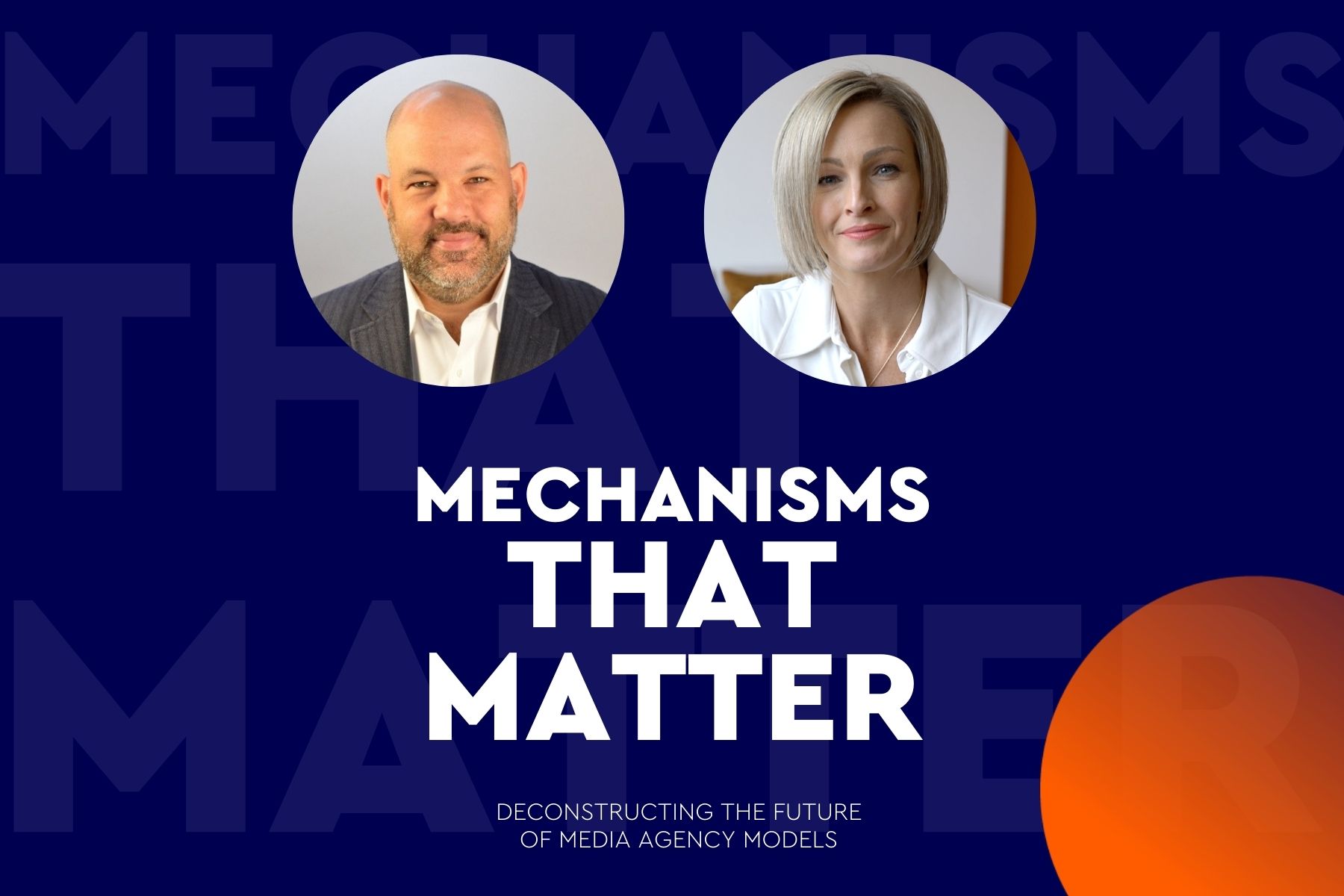
Planning for COVID-19 recovery
Driving government communications that influence cooperation from citizens at every stage
WPP agencies are working with government communicators now, during the Acute Outbreak phase of the COVID-19 pandemic, to start planing for new approaches in communication and citizen engagement in the Recovery phase. In some cases, these new approaches are already in place but now need to rapidly deploy and scale.
The COVID-19 outbreak has put enormous strain on government resources as unprecedented policy measures have been taken to protect the health of citizens and the economy. Citizens have high levels of concern for how the pandemic will affect their own health, their community and their ability to provide for themselves and their families.
The initial and continued response from government will have an impact on citizens’ level of trust, influencing how they react and cooperate as the pandemic progresses.
As governments around the world manage their way through the phases of Acute Outbreak, Recovery and the New Normal, understanding broad trends in citizens’ attitudes and expectations sets the basis for recommendations for recovery.
Broad trends in this Acute Phase include:
- A strengthened sense of community
- Fast shifts in economic security
- Trust in government to make the right decisions today
- Regard for news outlets and healthcare providers as the most trusted sources of information
- Technology companies stepping up to partner with governments
The Recovery phase – how government communicators are preparing
In the transition from the Acute Outbreak to the Recovery phase, attitudes and behaviours will be shaped by the severity and frequency of the virus outbreaks, and the effectiveness of the government response for both health and economic measures. One dynamic seems certain: economic instability will prevail for months, if not years to come. In the Recovery phase, governments will have to focus on rebuilding their economies. But working from a reduced tax revenue base with escalating demands for services and support for citizens and business will be a challenge. Building greater societal resilience will become even more critical.
Today, WPP Government and Public Sector Practice is working with government partners to anticipate and get ahead of challenges in the Recovery phase, including:
1. Citizen engagement and participation
- A renewed push for cost-effective digital and virtual citizen engagements.
- Exploring alternative approaches for school communities.
2. Public sector recruiting
- Heightened targeting, filtering and automation to deal with the sheer volume of unemployed people.
3. Behaviour change
- Recalibrating messages in the wake of social distancing and isolation.
- Adjusting the messaging of evergreen communications in a cost-effective way.
- Revisiting behaviour change strategies.
4. Place marketing
- Understanding the importance of public/private partnerships.
5. Organisational transformation communications
- Reframing what ‘success’ looks like.
Phase 3: New Normal – planning for the future state
As plans get underway for the Recovery, the New Normal remains frustratingly distant. But the communications community is already taking steps to observe, forecast and adapt to emerging needs and behaviours. The challenge of returning to a strong and healthy economy will require scoping out future scenarios and developing a plan of action.
Key considerations for the New Normal phase include:
- How has citizen trust and confidence in my government and my organisation been impacted by the COVID-19 response? Do we need to adapt tone, transparency, frequency or quality of citizen engagement to rebuild trust?
- How has the citizen journey changed for good? Can emotive support and deep connections be built digitally?
- How does our mission relate to citizens’ needs to refocus and plan for their own future? Does that future have different metrics for success? Does it develop their ability to be more resilient in the future?
- How are current behaviour change models impacted? Are different stimuli and motivations required to drive citizen behaviour change?
- Can opportunities to engage directly with citizens rather than via the news media be developed? How does the current state of trust in government impact willingness to engage directly? Which institutions have built trust through the pandemic, and which have lost it?
- What does a workforce more adept at working from home mean for willingness to engage in virtual community events? Can these have the same impact as live events?
- Can data analytics solve the gaps created by lower rates of in-person or one-on-one engagement? Will data privacy concerns abate as the value of data analytics to solve community and health problems take prominence?
Using post-pandemic future scenario planning frameworks, WPP and our agencies can design and deliver workshops to prepare government communications teams and adapt plans for a post-Acute Outbreak world.
published on
05 May 2020
Category
More in Communications

Rebranding cancer: how brands heal and hurt
Along with consumer brands, the ‘brand’ of condition or event influences us.

Mechanisms that Matter – Inside WPP | Ford’s revolutionary marketing model
How a process created on the factory floor over 70 years ago has transformed ops for the auto giant

How to build your brand in-game
A new research report from WPP and SuperAwesome

